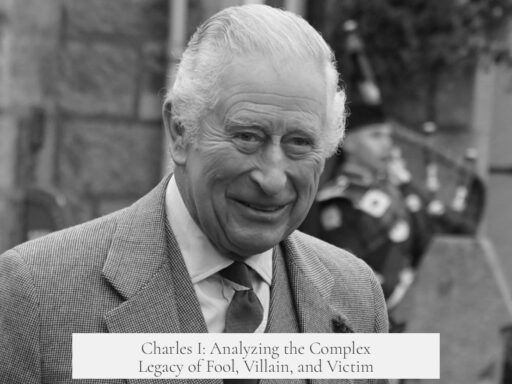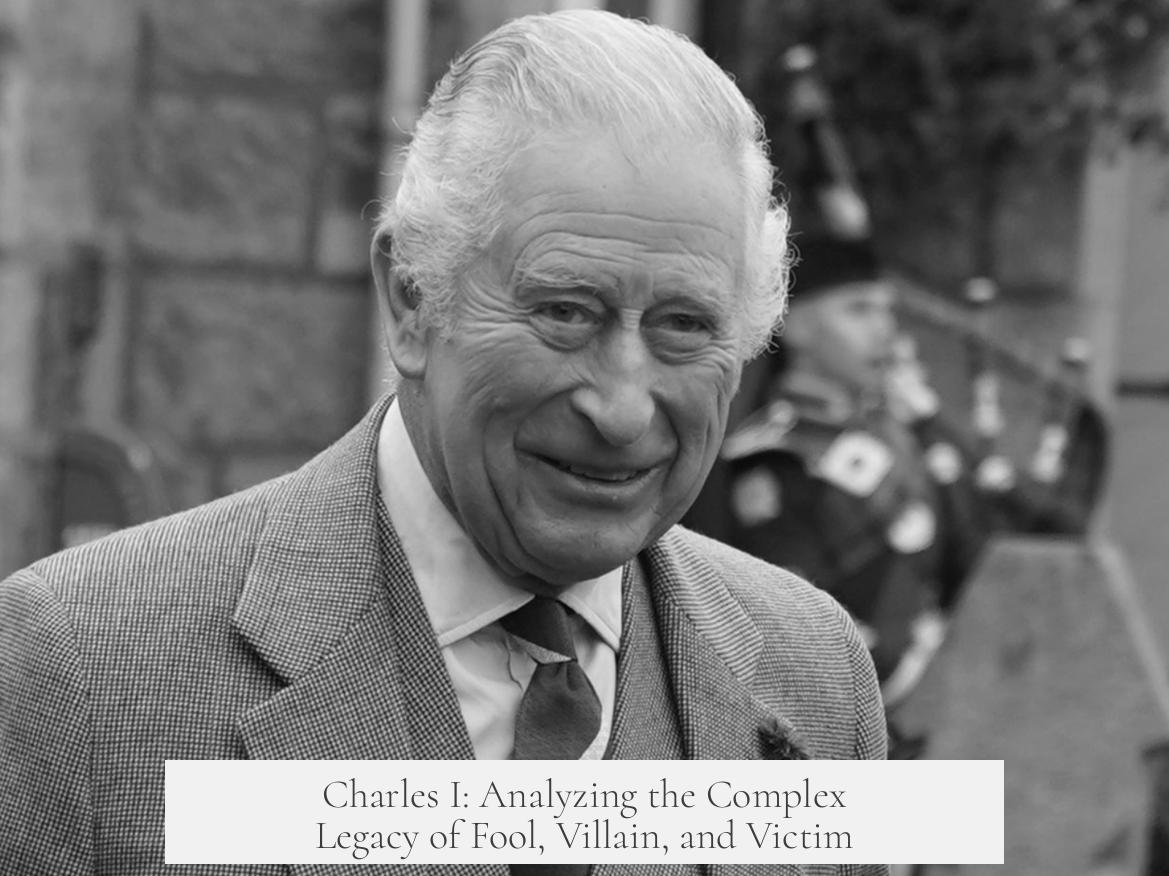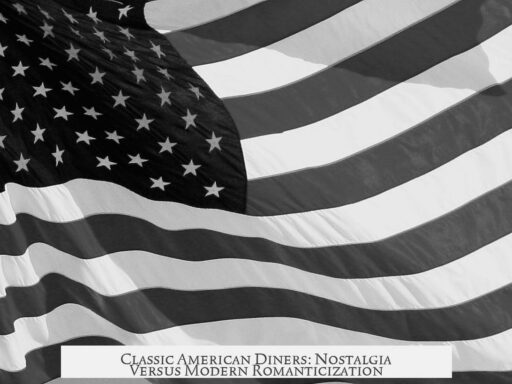Charles I: Fool, Villain, or Victim? The debate over Charles I’s legacy remains highly contested. Modern revisionist historiography paints a picture contrasting with older views that were more black-and-white. Rather than seeing him simply as a tyrant or martyr, scholars now emphasize his complex legal role, personal flaws, and the wider political context shaping his fate.
Revisionist historians emerged in the 1980s to challenge the traditional Whig and Parliamentarian narratives. They reject the idea of inevitable progress toward constitutional monarchy, labeled the High Victorian glorification of British history. Instead, they argue that Parliament acted as a radical and legally ambiguous force, while Charles upheld contemporary constitutional laws, albeit in a rigid and sometimes unwise way.
- Royalist revisionism views Charles as defending established legal norms rather than law-breaking autocracy.
- Charles misunderstood his powers but believed he ruled within the existing legal framework.
- Parliament’s actions in 1641 forced unprecedented challenges that undermined the monarchy’s position.
Scholar Glenn Burgess offers a detailed defense of Charles I’s constitutional position. Charles wrestled with a legal and political system in flux. His judgment may have been flawed, but his conception of royal prerogative reflected the prevailing notions of authority at that time.
D.H. Pennington presents a mixed evaluation of Charles’ personal rule from 1629 to 1640, often called the Eleven Years’ Tyranny. Though viewed as an interlude of oppressive government, Pennington notes that royal administration included paternalistic elements, with some concern for social welfare and a vague sense of equal rights for subjects. The Crown’s instruments, such as the Council in the North and Star Chamber, were not used solely for tyranny.
Pennington also highlights Charles’s personal shortcomings. He lacked skill as a decision maker and misread Parliament’s intentions. Nevertheless, Charles showed remarkable resolve when he faced execution in 1649, marking a moment of strength that contributed to the enduring image of the martyr-king.
The question of whether Charles was a fool, villain, or victim defies simple answers:
- Fool: Charles’s dramatic failure as monarch might seem foolish from hindsight. However, his belief in the divine right of kings was consistent with the era’s norms. He genuinely viewed his will as God’s will and acted accordingly. Such convictions explain—but do not justify—his decisions from a modern point of view.
- Villain: Judging by current ethical standards, Charles might be seen as villainous. Yet many English monarchs before and after him committed acts equally harsh but escaped similar condemnation. Historical narratives have often been biased by propaganda from opponents, including Oliver Cromwell.
- Victim: Charles served as a victim of his time. England was primed for political upheaval independent of one ruler’s failings. The revolutionary currents that culminated in civil war predated Charles I’s reign. His vilification was partly due to political propaganda aimed at justifying regime change.
Historical understanding benefits from viewing Charles as a multifaceted figure rather than a caricature. He embodied attributes of a flawed ruler who genuinely tried to uphold the constitution as he saw it, despite personal incompetence and political miscalculations. The shift in historiography post-1980s encourages a nuanced approach that acknowledges complexity over simplicity.
| Aspect | Interpretation | Supporting Points |
|---|---|---|
| Fool | Lacked foresight, failed politically | Belief in divine right seen as naïve; misplaced confidence in own judgment |
| Villain | Acted harshly, resisted reform | Usage of prerogative courts, suppression of opposition; judged by modern ethics |
| Victim | Overthrown by historical forces | Political revolution underway; subject to propaganda & misrepresentation |
Charles I was neither wholly villain nor fool nor victim but a complex individual enmeshed in one of England’s most turbulent eras. His story reflects shifting political values and historical reinterpretation rather than simple moral judgment.
- Revisionist scholars emphasize Charles as a constitutional actor upholding legal norms.
- His personal rule mixed authoritarian control with some governance improvements.
- Charles’s belief in divine right reflected period assumptions, complicating notion of folly.
- Modern ethics cast him as villainous, but many contemporaries shared similar traits.
- He was a victim of revolutionary change and political propaganda by Cromwell’s faction.
- Historical narratives are incomplete without recognizing this mixture of qualities.
Charles I: Fool, Villain, or Victim?
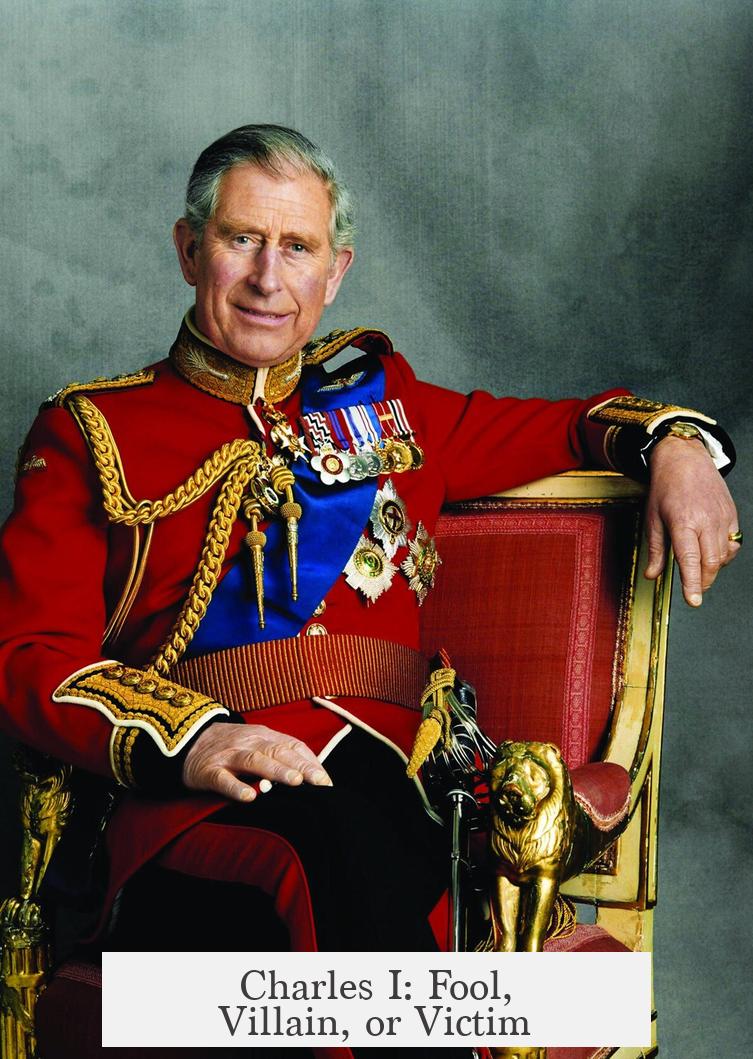
Who exactly was Charles I? A blundering fool, a ruthless villain, or a victim of circumstance? The simple answer is: he was all of those—and more—a tangled mix of personality, politics, and prophecy gone wrong. Let’s unravel this historical puzzle with care and a dash of wit.
For centuries, Charles I gets a bad rap. History often brands him as a tyrant or an inept monarch whose stubbornness plunged England into civil war and ultimately ended with his execution. But this tarnished image isn’t the whole story. Peel back the layers, and a far more intriguing and nuanced character emerges—one that challenges our knee-jerk assumptions about kingship, law, and revolution.
The Revisionist Turn: Royalist Revisionism in the 1980s
Starting in the 1980s, a fresh perspective took hold in the academic world. This royalist revisionism cast doubt on the old Whig and Parliamentarian narratives that painted the Civil War as a glorious march toward modern democracy, with Charles as the villainous obstacle.
“I’m with Kishlansky,” writes one scholar, “in riding this wave that questions the ‘Whig-Parliamentarian hermeneutic’—that overwhelming idea that English history was an unstoppable, orderly march toward freedom and law.” In this new view, Parliament in 1641 acted as the real radical, pushing unprecedented legal boundaries, while Charles, albeit sometimes creative or stubborn, stood as a guardian of constitutional law. Intriguing, isn’t it? Not the usual villain story, but rather a man tangled in the web of his country’s unclear rules.
Glenn Burgess, a key figure in this debate, expands on this by framing Charles as someone who truly believed in his royal powers as the law of the land. That doesn’t make him a flawless commander of state, but it does show he wasn’t just defying law arbitrarily. In fact, many historians today lean toward this revisionist view, seeing Charles less as a tyrant and more as a monarch adhering to the accepted norms of his time—even if those norms seem strange or autocratic now.
Charles I and Constitutional Law: The Upholder, Not the Breaker?
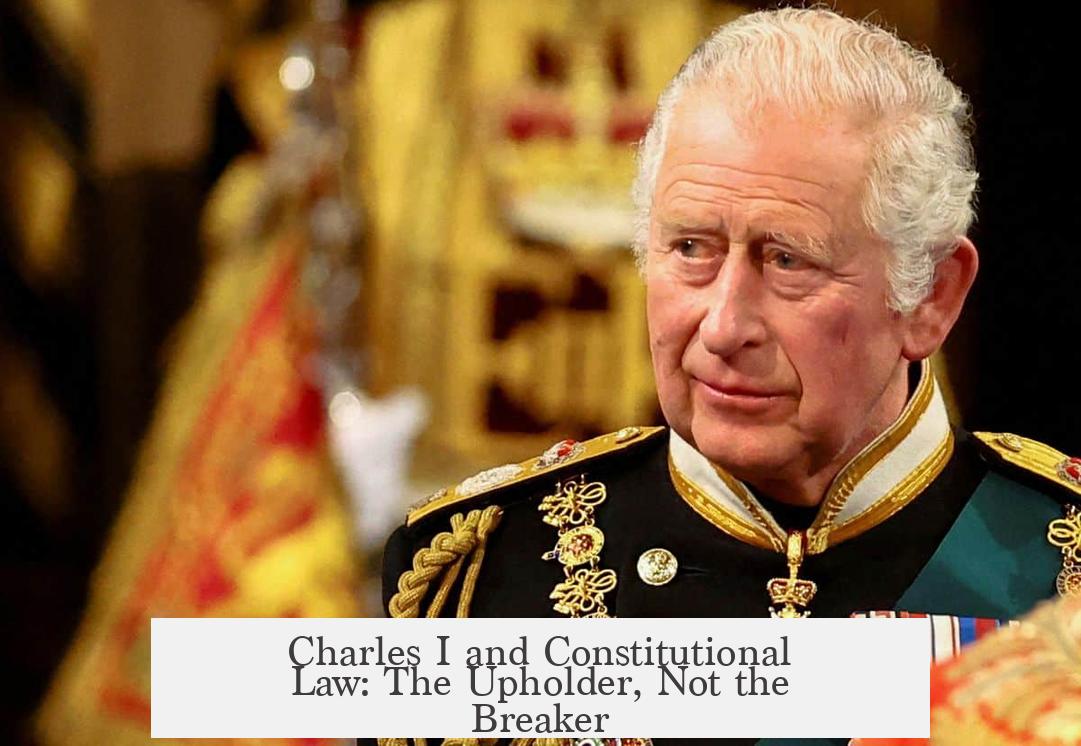
Think of Charles as the guy who loved the “rules of the constitution” in the 17th-century sense. While his opponents in Parliament were shaking the very foundations of England’s legal customs, Charles fancied himself as the defender of these traditions—even if he stretched them creatively at times.
His failure wasn’t really in what he believed in, but in how he misjudged the limits of power—both his own and those of Parliament. While he wasn’t a master strategist, his core belief in divine right and the constitutional powers it conferred was essentially accepted law back then.
D.H. Pennington’s Perspective: Tyrant or Moderate Ruler?
Now let’s peek into D.H. Pennington’s mixed view of Charles. The “personal rule” of eleven years is often called an era of tyranny. Yet, Pennington suggests royal governance was somewhat effective and even had a paternal streak, showing concern for the poor and fairness—even if the tools of prerogative rule, such as the Star Chamber or the Council in the North, inspired dread.
Interestingly, Pennington sees Charles as ill-equipped for managing Parliament but acknowledges a striking moment of strength at his execution in 1649. In that final act, Charles convinced many that he was not merely a failed king, but a martyr-king—a symbol for a cause beyond himself.
The Three Personas: Fool, Villain, and Victim
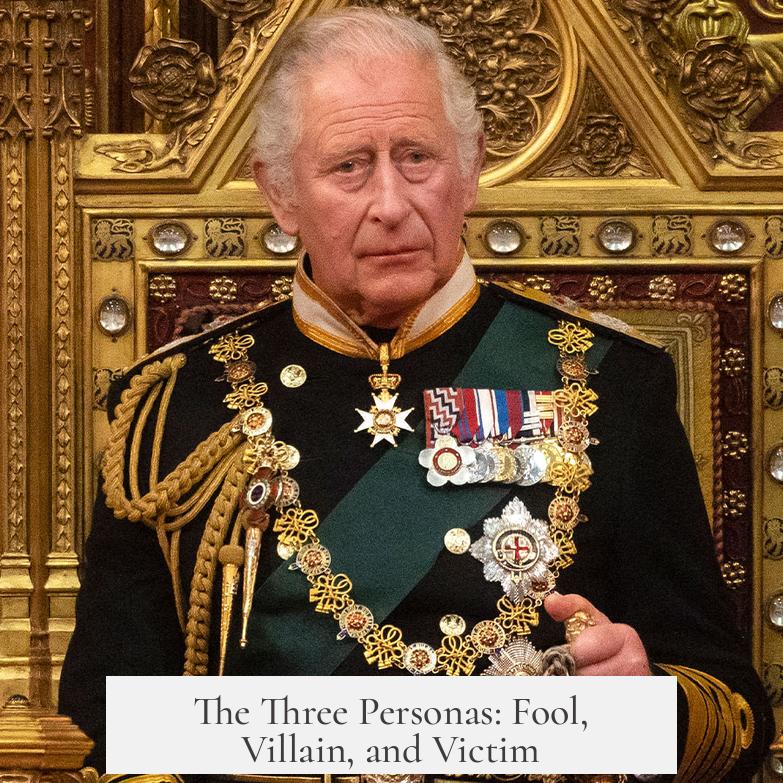
The Fool
Was Charles foolish? From today’s perch, he might appear so. After all, being the first English king in centuries to fail utterly at his role suggests a certain blundering ignorance. Nevertheless, Charles lived in an era where it was perfectly normal to believe that the king’s will was God’s will. In that light, his actions made sense to him.
Imagine thinking you are the chosen ruler, appointed by divine right, with every decision sanctified from above. It’s hard to see failure from that viewpoint as folly—it was obedience to an unquestioned ideology.
The Villain
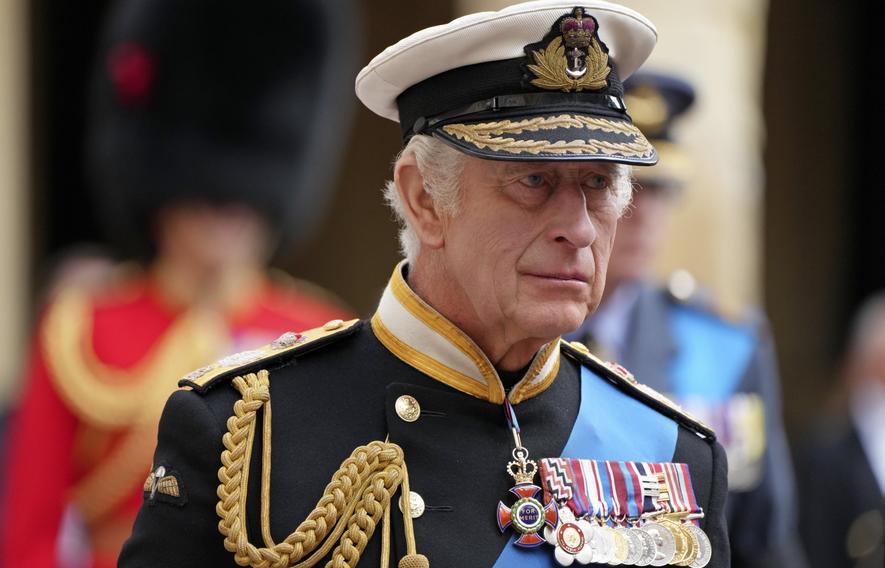
Seen through the lens of modern ethics, Charles can seem a villain. But this isn’t unique. Many English monarchs, whose harshness is glossed over or even romanticized, were as ruthless or more. Take Elizabeth I: celebrated today, but her rule involved actions that, by current standards, would shock us.
Historians grapple with propaganda from both sides. Oliver Cromwell cast Charles as evil to justify regicide and revolution. But the truth? Charles didn’t orchestrate cruelty with cold intent. Instead, he was a 17th-century monarch doing his best in turbulent times.
The Victim
Finally, was Charles a victim? Absolutely. England in the 1640s was on the cusp of seismic political change. The traditional chain of being—the divine right of kings and the sacred social order—was being questioned by society as a whole, not just targeted at Charles.
In fact, Charles might have been better off ruling in 1400, when monarchs were less challenged. But by the 17th century, shifts in political thought, religious conflict, and economic pressures created a perfect storm. Charles was caught in this maelstrom—an unfortunate bystander of history’s radical upheaval.
And let’s not forget propaganda’s role. Cromwell’s portrayal of Charles as a villain wasn’t just historical fact—it was political strategy. The narrative suited the victors, not necessarily the truth.
Summing Up: A Complex Legacy
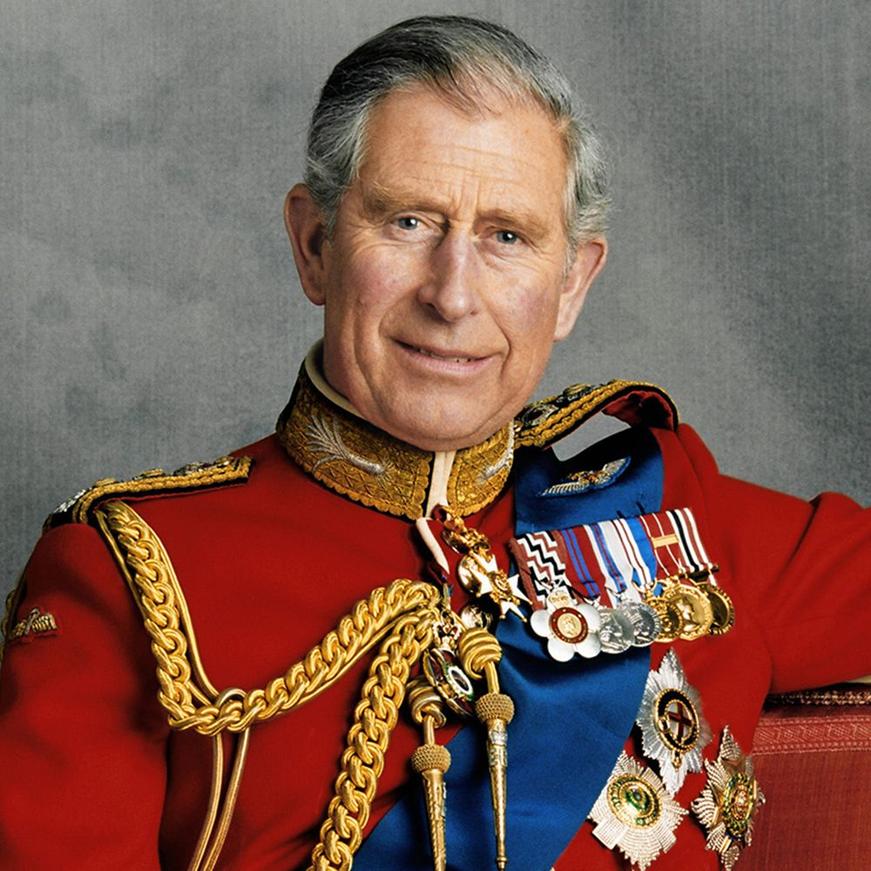
In the end, it’s a mistake to box Charles I into a single category. No historical figure is purely one thing or another, and Charles exemplifies this complexity.
He is part fool, partly villain, and undeniably victim. He embodies the contradictions of his time, struggling with outdated beliefs in divine right amid revolutionary forces. His story warns us about oversimplifying history and urges empathy toward people shaped by their context.
What Can We Learn?
- Consider context: Historical figures must be judged within the values and laws of their own time, not ours.
- Question narratives: Who writes history matters. Recognize propaganda and bias in historical accounts.
- Accept complexity: People are messy. Charles as fool, villain, and victim shows us the shades of grey in leadership.
- Reflect on power: The limits of monarchy and constitutional struggles remain relevant, echoing today in global governance debates.
Charles I’s life and death remind us that history isn’t a tidy tale with heroes and villains. It’s a human story, full of contradictions, failures, and unexpectedly noble moments. And sometimes, the best we can do is understand these complexities without judgment—unless you want to call him a fool for underestimating Parliament!
So, next time you think of Charles I, remember: he wasn’t just a monarch to be mocked or villainized. He was a man caught between divine will and human politics, trying to uphold an old order while a new world demanded revolution. Whether you see him as fool, villain, or victim, he sure left a lesson worth pondering.
Why do some historians consider Charles I a victim rather than a villain?
Charles lived during a time of political upheaval. England was already ripe for change before his reign. He became a target of revolutionary forces and propaganda from opponents like Oliver Cromwell.
How does royalist revisionism challenge traditional views of Charles I?
It rejects the old idea that British history was orderly and inevitable. Instead, it sees Parliament as radical and Charles as trying to uphold existing laws, though sometimes in unusual ways.
Was Charles I’s personal rule entirely tyrannical as often portrayed?
No. While his eleven-year personal rule is seen as harsh, some measures showed concern for the poor and fairness. The government was not solely focused on oppression.
Why might Charles I be seen as foolish from a modern perspective?
His belief in divine right led him to act as if his will was God’s will. Failing in his role as king after centuries of successful monarchs appears foolish in hindsight, but it made sense to him then.
Is it fair to label Charles I a villain by today’s ethical standards?
By modern ethics, he might be judged a villain, but many English kings acted worse without such harsh consequences. Historical views are often influenced by propaganda from different sides.
